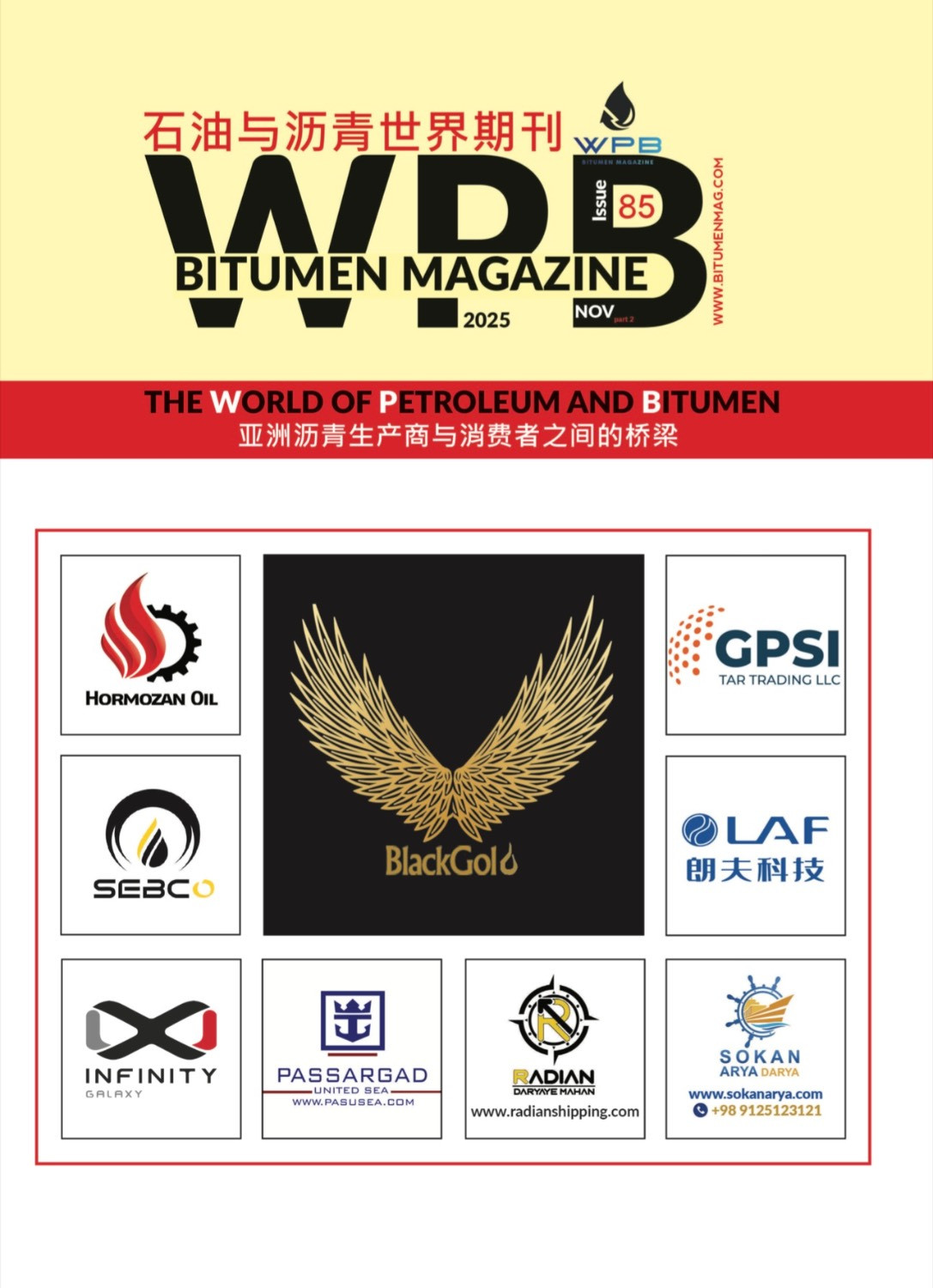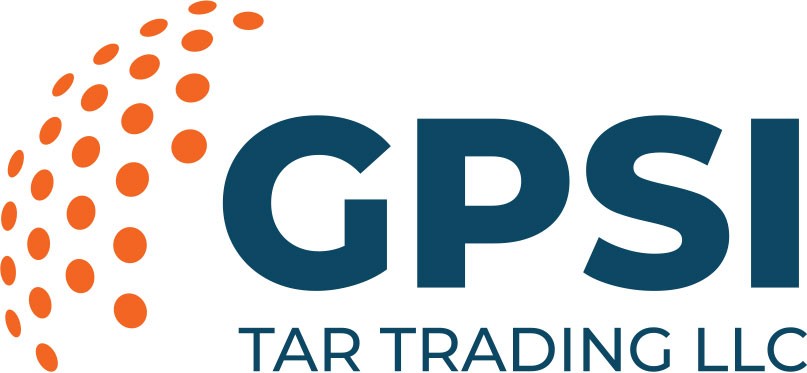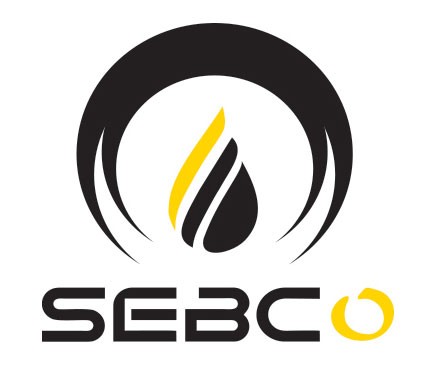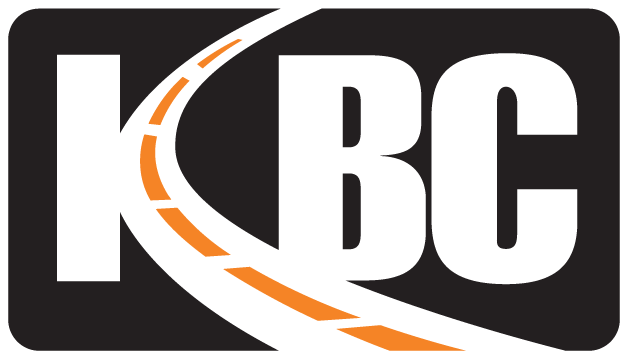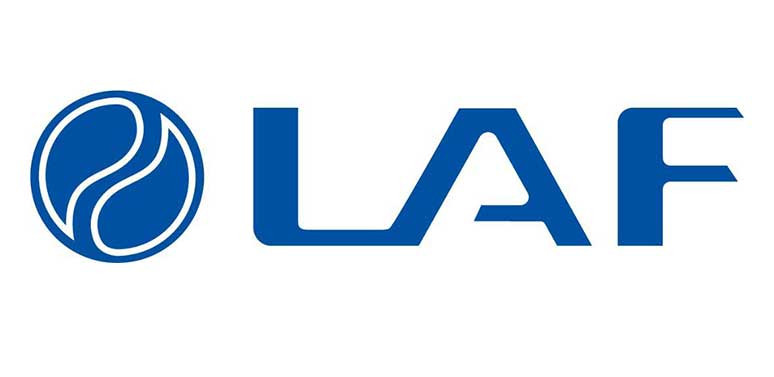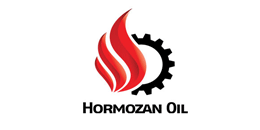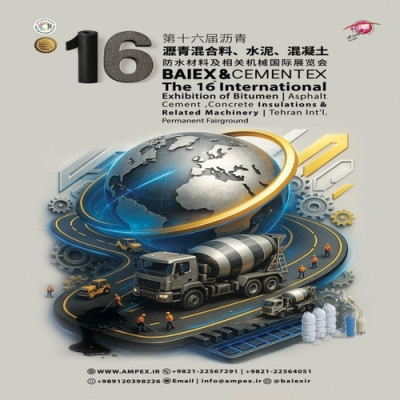According to WPB, shifts in regional availability, evolving infrastructure strategies, and seasonal weather disruptions are reshaping bitumen markets across multiple continents. While supply limitations are driving prices upward in some areas, reduced demand and logistical challenges are capping market momentum in others. The third quarter is now being defined by careful inventory management, weather-related delays, and adjustments in production patterns.
Southeast Asia: Price Pressures Intensify Despite Modest Demand
Bitumen delivered by truck from Singapore to neighboring countries has seen a notable price escalation in the recent past. Cargoes sold ex-refinery have climbed from previous levels, reflecting a tightening supply outlook. Although demand in Malaysia has picked up following the release of infrastructure budgets and the launch of several small- to medium-scale roadwork projects, market players still categorize overall consumption as moderate. Intermittent rainfall in key cities like Kuala Lumpur and Johor Bahru has further hindered consistent project execution.
Malaysian refineries located in Malacca, Tanjung Langsat, and Port Klang have been providing steady output, keeping local availability largely stable. One major refinery faced temporary distribution inconsistencies due to internal blending activities, but the supply situation has since stabilized, according to buyers.
Elsewhere in the region, Vietnamese importers have remained active, making strategic purchases in anticipation of the monsoon season. This forward buying has helped support regional prices, particularly for marine shipments. Export availability from Singapore has remained constrained, and truck-based cargoes — typically priced with a moderate premium — have recently commanded an elevated spread of $50–70/t over marine values due to tightening truckload availability.
Dealers in Malaysia anticipate a possible supply surplus relative to short-term demand, which could apply downward pressure on trucked cargo prices. However, with many buyers reportedly underutilizing their current purchase quotas, the impact of this anticipated shift remains uncertain.
Africa: Weather Extremes, Legislative Shifts, and Infrastructure Aspirations
West African markets, particularly Nigeria, are facing significant slowdowns as seasonal rainfall disrupts both import logistics and road construction activity. However, forward-looking policy developments — including the establishment of a Bitumen Development Commission — signal a renewed push for domestic production capacity in the years ahead.
In East Africa, Kenya saw cooler temperatures and sporadic rain that hampered bitumen movement and road delivery volumes. Uganda, meanwhile, has begun to recover from a sluggish start to the year, and Rwanda is pursuing an ambitious infrastructure program, including a planned 100 km road expansion following a recent peace agreement with the Democratic Republic of the Congo.
Further south, the South African market remains relatively balanced. Imports into Durban are steady for now, though a scheduled round of refinery maintenance may constrain local production capacity in the near future. Neighboring landlocked countries like Zambia and Botswana continue to rely on consistent cross-border flows, primarily from Mozambique’s Beira terminal.
Europe: Mixed Regional Dynamics Ahead of Summer Construction Slowdown
In Europe, the approach of traditional summer construction breaks has begun to generate regional oversupply, especially in northwest and central markets. A recent sell tender from a major supplier in Rotterdam has been interpreted by market participants as a sign of excess inventory. Despite this, truck-based demand in France and the Benelux region remains healthy, underpinned by stable project flow and firm retail pricing.
Poland, on the other hand, is showing limited momentum due to a slowdown in project activity. Germany reflects a split picture — strong performance in the north and southwest contrasts with subdued volumes in the northeast. The UK continues to import steadily despite a decline in domestic production. In central Europe, Hungary and Romania are maintaining relatively stable market conditions, supported by local truck movement and regular cargo imports, particularly into Romania.
Strategic Outlook: Adaptability is Crucial in Q3
With weather disruptions and changing infrastructure priorities at play across all regions, the bitumen market remains in flux. Stakeholders must navigate a complex landscape marked by uneven supply, shifting procurement strategies, and the unpredictability of seasonal demand cycles. As the third quarter progresses, market participants are expected to focus on flexible sourcing, localized logistics, and careful inventory positioning to mitigate risk and capture emerging opportunities.
By Bitumenmag
Bitumen, Price, Market

